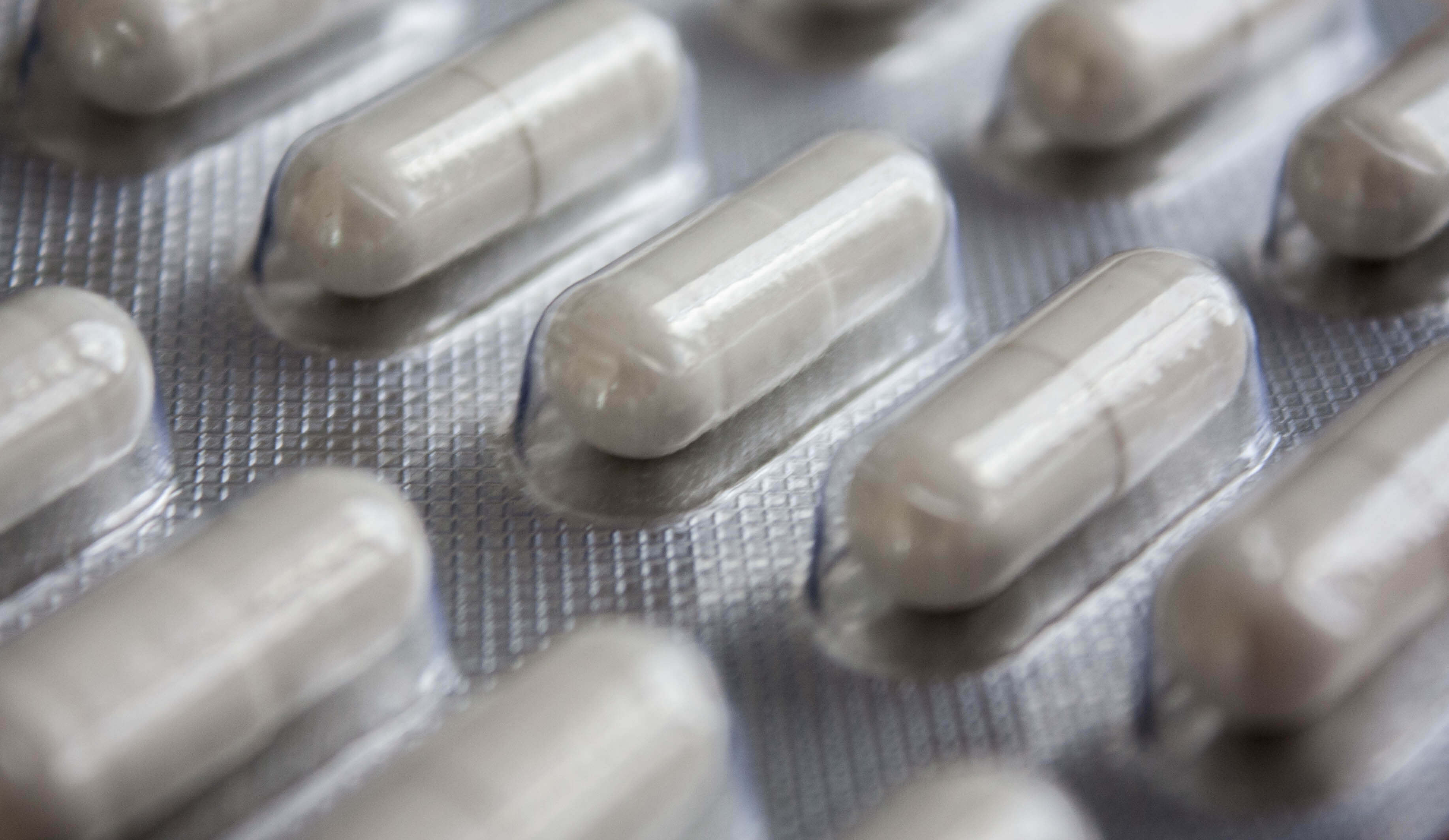
What is medical plastic packaging made of?
When you walk into an emergency room with a fever, the nurse will check your temperature using a new single-use plastic fever strip. When surgeons prepare for surgery, they use sterile instruments packaged in plastic that protect the instrument from contamination and reduce the risk of infection. When a natural disaster strikes and people needing medical attention are exposed to unsterile surroundings, it’s important for medical workers to have medicines and instruments that are packaged for protection and ease of transport.
From drug packaging to packaging for medical devices, plastics are essential to ensure the safety of the healthcare workforce and patients. Plastics keep medical devices clean and protected and are inert so they don’t interact with the device or drug. In return, these medical devices do not expose us to disease contamination and infections.
PVC (vinyl) is essential to patient and healthcare worker safety and it has been used in the medical realm for more than 50 years. It is used to make IV tubing and blood bags, both of which are essential to providing safe medical care. PVC is a widely used plastic containing carbon, hydrogen and chlorine. The production of PVC involves taking monomers containing these elements and linking these monomer molecules together to provide a stable, inert film or product.

There are various types of packaging. Here are just a few examples:
Medical Packaging:
- Blister packs
- IV bags and tubing
- Tubing packaging
- Polyolefin formable film for steam sterilization
- Diagnostic device packaging
Drug Packaging:
- Prescription bottles
- Veterinary and human medicine dispensers
- Serum vials

What type of testing is performed on medical packages before they can be marketed?
Depending upon the end use application of interest, the plastics used in medical packaging, and the finished packages, themselves, undergo a series of rigorous tests to establish safety and suitability for the intended use. These tests typically include physicochemical tests, tests for extractables, and biological reactivity tests as described in the United States Pharmacopeia. In addition, for some applications, biocompatibility tests such as irritation, sensitization, and cytotoxicity tests may be performed.

How are we capturing these recycled medical packages?
The Healthcare Plastics Recycling Council provides guidelines on recycling plastics. Hospitals can reference the readiness assessment, to learn how to pick a recycling strategy. HospiCycle is a guide that was developed to help hospitals successfully integrate recycling practices into a patient care setting, and better understand the economic, regulatory, resourcing and infrastructure nuances that come with it. The step by step approach helps hospitals to initiate, implement and optimize a recycling program.
